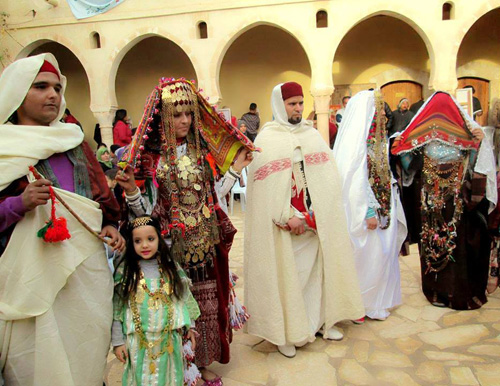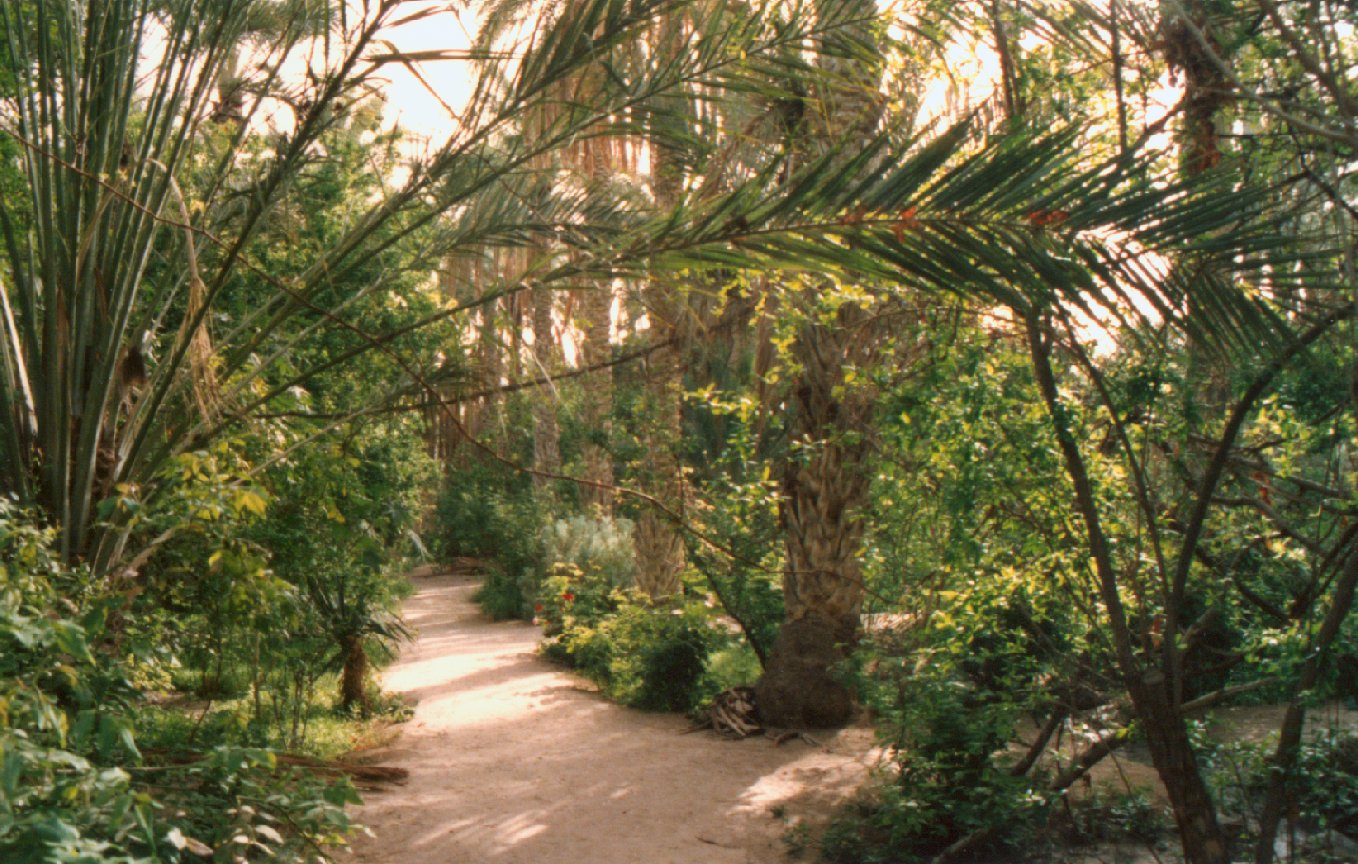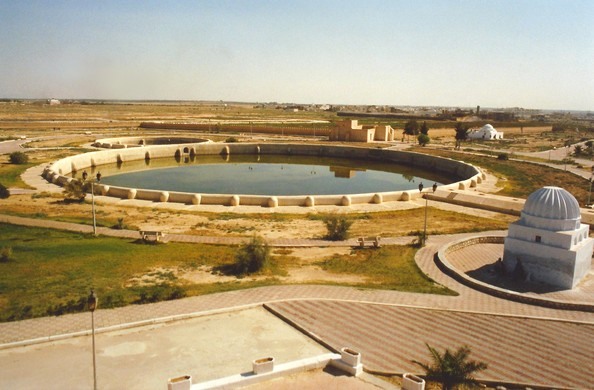
Tunisia
Intriguing Tunisia
The sliver of a country on the coast of North Africa is a Mediterranean dream. Sea breezes wafting inland, toward the sweet smell fruit trees, Tunisia is worthy of your wanderlust.

https://afktravel.com/98162/tuck-nto-tunisia-10-essential-foods-that-you-have-to-try/ – Image 01 (Tunisian food)
Much like the rest of Northern Africa, Tunisian dishes are influenced by Mediterranean, French and Arabic flavours. Delicious tastes of shashouka, tagines and tahini. Saffron, harissa and coriander are common spices in dishes, that culminate into unique tastes of Tunisia. The Parisian-themed Al-Mazar in Tunis is the spot to go to taste harissa spiced meat and couscous. Tunis has an array of Tunisian restaurants and cafés. Eight hours away in Tozeur from Tunis, lies the Patisserie el Qods for kanefah and great coffee (vermicelli sweet dessert).

http://www.elevenpointseven.com/blog/2014/3/1/palmeraie.html – Image 02 (Palmeraie)
The Palmeraie plantation in Tozeur is a must see. Thousands of date palms line the plantation. There are also pomegranate and fig trees. Hire a bike or take a stroll, through the trees. The sugary scent that fills up the air is rather captivating and the trees are a sight to behold. Palmeraie is a stark difference from the Saharan desert, there are also horse-drawn carriages that add to your magical plantation experience.

http://www.atlasobscura.com/places/aghlabid-basins – Image 03 (Aghlabid Basins)
Located in the sleepy town of Kairouan, lies the engineering masterpiece that is the Aghlabid Basins. Cisterns built under the rule of the Aghlabid empire in the ninth century has provided water for the city for centuries. Basins that filled up with rainwater were used to service the city, but now only a few remain filled. Most of the basins now lie dry and empty. And though the cisterns are open for public viewing, the water is not drinkable. For an impressive view of the cisterns, go up to roof of the syndicat d’initiative offices.

http://nationalclothing.org/43-nationalclothing/africa/tunisia/61-traditional-dress-of-tunisia-intricate-embroidered-patterns-and-plenty-of-gold-jewelry.html – Image 04 (Tunisian dress)
Originally called the “Camel Festival”, the Festival of the Sahara draws crowds from across the world. Bedouin tents dotting the desert come together to take part in the festival of primarily camel racing, but also music and art. During the day, the camel races take place, followed by enchanting parades. As the sun sets, music begins to play, poetry is spoken and dance is ignited. Douz becomes a hive of excitement every December for four days, as the festival takes place and brings life to the desert.
Urban areas in Tunisia has become westernised, with clothing becoming less traditional. But traditional attire is still popular in rural areas of the country, among the Bedouin people and used for special occasions. A jebba (sleeveless shirt) is often worn over men’s tunics and with loose fitting trousers, often called a sarouel. A fouta is a wrap used a skirt by women that is tied from their waist down to their ankles. Women can also be seen wearing kaftans made of silk, velvet and cotton. Tunisian women also adorn themselves with elaborate head chains and gold jewellery, especially gold coins. In fact, gold is such a token of importance, that grooms buy as much jewellery as they can, to adorn their brides in on their wedding day.
Make the most of your trip to Tunisia. Wake up to watch the sun scorch the ground, ride a camel and swim in the Tunisian waters. Let Tunisia intrigue you in the best way.
